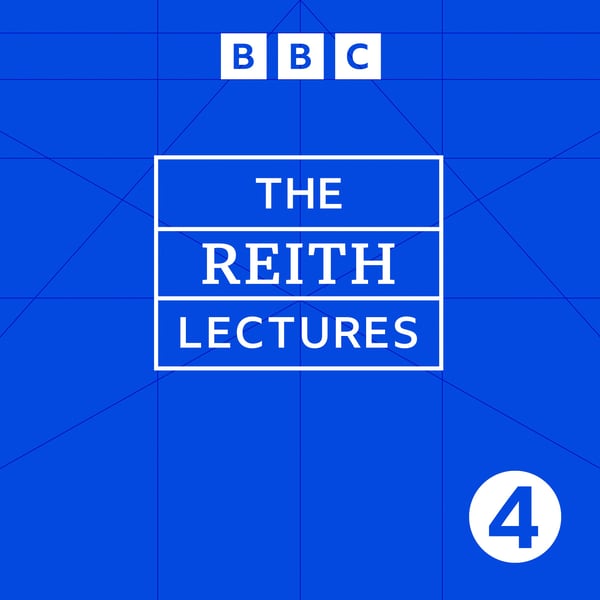Beating the Bounds
The Reith Lectures
BBC
4.2 • 770 Ratings
🗓️ 22 October 2013
⏱️ 42 minutes
🧾️ Download transcript
Summary
The award-winning artist Grayson Perry asks whether it is really true that anything can be art. We live in an age when many contemporary artists follow the example of Marcel Duchamp, who famously declared that a urinal was a work of art. It sometimes seems that anything qualifies, from a pile of sweets on a gallery floor to an Oscar-winning actress asleep in a box. How does the ordinary art lover decide? In a lecture delivered amidst the Victorian splendour of St. George's Hall in Liverpool, Perry analyses with characteristic wit the common tests - from commercial worth to public popularity to aesthetic value. He admits the inadequacies of such yardsticks, especially when applied to much conceptual and performance art. And he concludes that in his opinion, the quality most valued in the art world is seriousness. Producer: Jim Frank
Transcript
Click on a timestamp to play from that location
| 0:00.0 | Hi, it's Nicola Cochlin. Young people have been making history for years, but we don't often hear about them. My brand new series on BBC Sounds sets out to put this right. In history's youngest heroes, I'll be revealing the fascinating stories of 12 young people who've played a major role in history and who've helped shape our world. Like Audrey Hepburn, Nelson Mandela, |
| 0:22.4 | Louis Braille and Lady Jane Grey, history's youngest heroes with me, Nicola Cochlin. Listen on BBC Sounds. |
| 0:30.5 | Hello and welcome to the 2013 BBC Reith Lectures Download. This year I, Grace and Perry, |
| 0:37.0 | present a series of four lectures entitled |
| 0:38.9 | Playing to the Gallery. In these lectures, I'll be looking at the role and place of art in the |
| 0:43.8 | global landscape of the 21st century, talking about topics such as the role of art in society, |
| 0:49.5 | the limits of contemporary art, and the idea of how we judge quality. Hello and welcome to Liverpool for the second of this year's BBC Reith Lectures. |
| 0:59.5 | We're in St George's Hall, one of Britain's finest neoclassical buildings, |
| 1:04.2 | recently restored to its original splendour. |
| 1:07.4 | It was designed to hold concerts, festivals and public meetings like this. It's the |
| 1:12.2 | epitome of Victorian ambition, a great example of its confident taste. Charles Dickens, who |
| 1:19.5 | loved Liverpool, came here many times and spoke warmly of the city's generous support of the arts. |
| 1:25.1 | I'm told he gave his first reading of a Christmas carol right here. |
| 1:29.1 | I'm not sure what Dickens would have thought about this year's lecturer. I feel certainly |
| 1:34.5 | would have enjoyed his arguments, even if he was a bit taken aback by the way he dressed, |
| 1:39.6 | which is why this hall is a good spot in an age very different from the one in which it was built to discuss |
| 1:46.1 | matters of taste and the nature of art. The lectures are called playing to the gallery. The first |
| 1:52.5 | one discussed how we might judge good and bad art. Today's we'll explore what the boundaries |
| 1:59.1 | of art are. Can it really be anything we like from a pile of sweets to a soundscape? |
| 2:05.0 | To try to answer that question, and probably a few more too, |
| 2:08.6 | please welcome the BBC Reith Lecturer 2013, Grayson Perry. |
| 2:12.9 | Thank you. |
... |
Please login to see the full transcript.
Disclaimer: The podcast and artwork embedded on this page are from BBC, and are the property of its owner and not affiliated with or endorsed by Tapesearch.
Generated transcripts are the property of BBC and are distributed freely under the Fair Use doctrine. Transcripts generated by Tapesearch are not guaranteed to be accurate.
Copyright © Tapesearch 2025.

